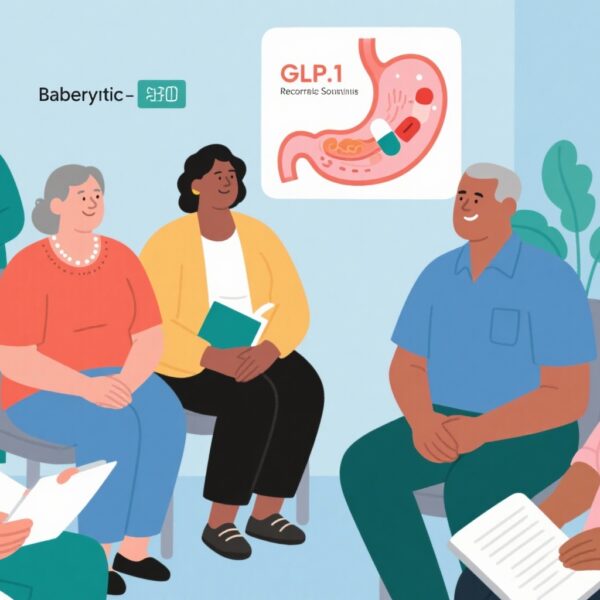Highlight
- Adjunctive dexmedetomidine infusion did not reduce opioid consumption in nonintubated ICU patients with traumatic rib fractures.
- Numerical pain scores were similar between dexmedetomidine and placebo groups over 48 hours.
- Rates of pulmonary complications and ICU length of stay showed no significant differences with dexmedetomidine use.
- Nearly half of dexmedetomidine-treated patients discontinued the drug due to adverse events or patient request.
Study Background
Traumatic rib fractures are common injuries in trauma patients and are associated with significant morbidity, including impaired respiratory mechanics, pulmonary complications such as pneumonia or atelectasis, and extended hospital stays. Effective pain control is critical to enable adequate ventilation and prevent such complications. Opioids remain the mainstay of analgesia but carry risks including respiratory depression, sedation, and the potential for dependency. Multimodal analgesia strategies that reduce opioid requirements are highly desirable. Dexmedetomidine, a selective alpha-2 adrenergic agonist with sedative and analgesic properties, has shown opioid-sparing effects in various settings, but its efficacy and safety in nonintubated trauma patients with rib fractures remain unclear.
Study Design
This prospective, randomized, double-blind, placebo-controlled trial was conducted at a single academic Level I trauma center ICU between July 2021 and October 2023. It enrolled nonintubated adult trauma patients (aged 18 or older) presenting with three or more rib fractures and admitted to the ICU. Patients with Glasgow Coma Scale scores below 14, bradycardia, hypotension, pregnancy, liver cirrhosis, chronic opioid use, or inability to consent were excluded.
Forty-one patients were randomized, with 19 assigned to continuous intravenous dexmedetomidine infusion (0.4 to 0.6 µg/kg/hour) for up to 48 hours alongside standard multimodal pain management, and the remainder received placebo (normal saline infusion). The primary endpoint was numerical pain score (NPS) over 48 hours. Secondary endpoints included total oral morphine equivalents (OME) consumed at 24 and 48 hours, pulmonary complication rates, and ICU length of stay.
Key Findings
Baseline characteristics were comparable between groups, with a median age of 62 years and a median injury severity score of 20. The primary outcome, median NPS over 48 hours, was identical at 4 in both groups, indicating no pain score improvement with dexmedetomidine.
In terms of opioid consumption, mean total OME at 24 hours was 59.2 mg in the dexmedetomidine group versus 54.9 mg in placebo; at 48 hours, OME was 125.5 mg versus 87.1 mg respectively. These differences were not statistically significant and slightly trended toward higher opioid usage in the dexmedetomidine group.
Pulmonary complications, including pneumonia and respiratory failure, occurred at similar rates between groups. ICU length of stay did not differ significantly.
Notably, 47.4% of patients receiving dexmedetomidine discontinued the infusion prematurely due to adverse effects such as bradycardia, hypotension, or patient discomfort, highlighting safety and tolerability concerns in this population.
Expert Commentary
This study provides robust evidence from a well-designed randomized controlled trial that adjunctive dexmedetomidine infusion does not confer analgesic benefit or reduce opioid consumption in nonintubated trauma patients with rib fractures. The lack of reduction in pain scores and opioid use contrasts with previously reported opioid-sparing effects of dexmedetomidine in other perioperative or critical care contexts, likely reflecting differences in patient population and injury characteristics.
The high discontinuation rate due to adverse events underscores the importance of cautious use and monitoring when employing dexmedetomidine for analgesia outside of its well-established indications. Moreover, pulmonary outcomes remained unaffected, questioning any protective respiratory effects in this setting.
Limitations include a relatively small sample size and single-center design, which may affect generalizability. However, the randomized, double-blind methodology strengthens internal validity. Further research with larger cohorts or evaluation of alternative dosing strategies could be valuable.
Conclusion
The addition of dexmedetomidine infusion to standard multimodal analgesia in nonintubated patients with traumatic rib fractures in the ICU did not reduce opioid requirements, improve pain control, or decrease pulmonary complications. Given the modest tolerance and no demonstrated benefit, routine use of dexmedetomidine for analgesia in this patient population is not supported by current evidence. Clinicians should prioritize established multimodal pain management strategies and tailor treatment to individual risk-benefit profiles.
References
Nahmias J, Stopenski S, Jebbia M, Atallah S, Kirby KA, Alvarez CA, Aryan N, Tay-Lasso E, Dolich M, Lekawa M, Swentek L, Santos J, Schubl S, Kuza C, Nguyen N, Grigorian A. Dexmedetomidine for Analgesia in Nonintubated Patients With Traumatic Rib Fractures: A Randomized Clinical Trial. JAMA Surg. 2025 Oct 1;160(10):1047-1056. doi:10.1001/jamasurg.2025.3221. PMID: 40900569; PMCID: PMC12409648.
ClinicalTrials.gov Identifier: NCT05321121.



